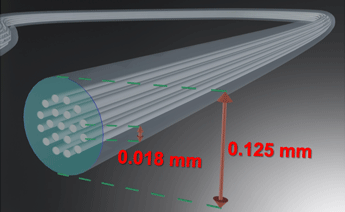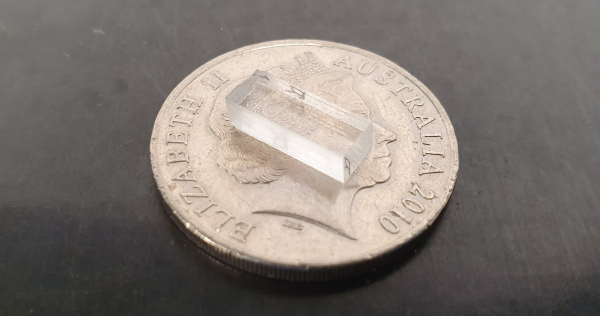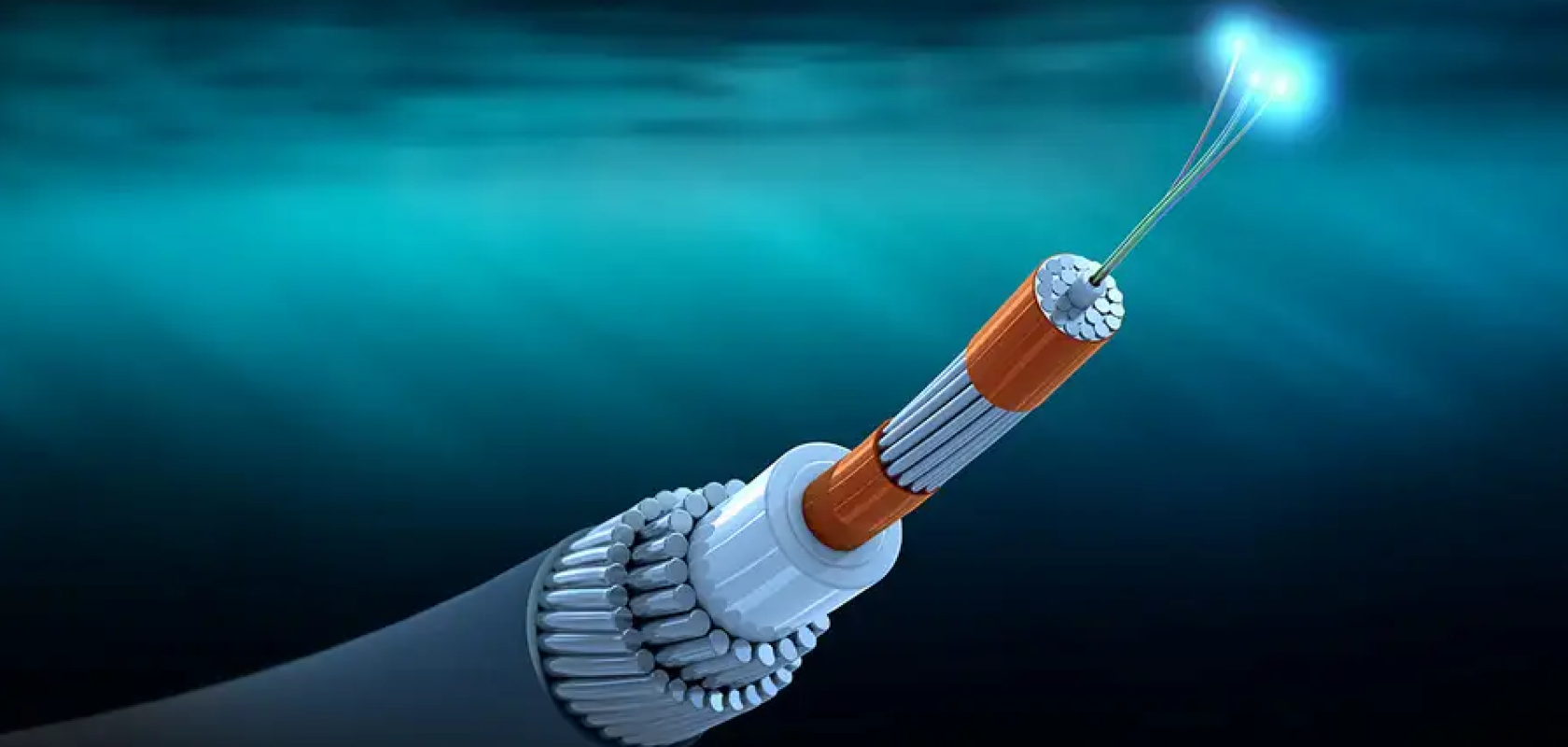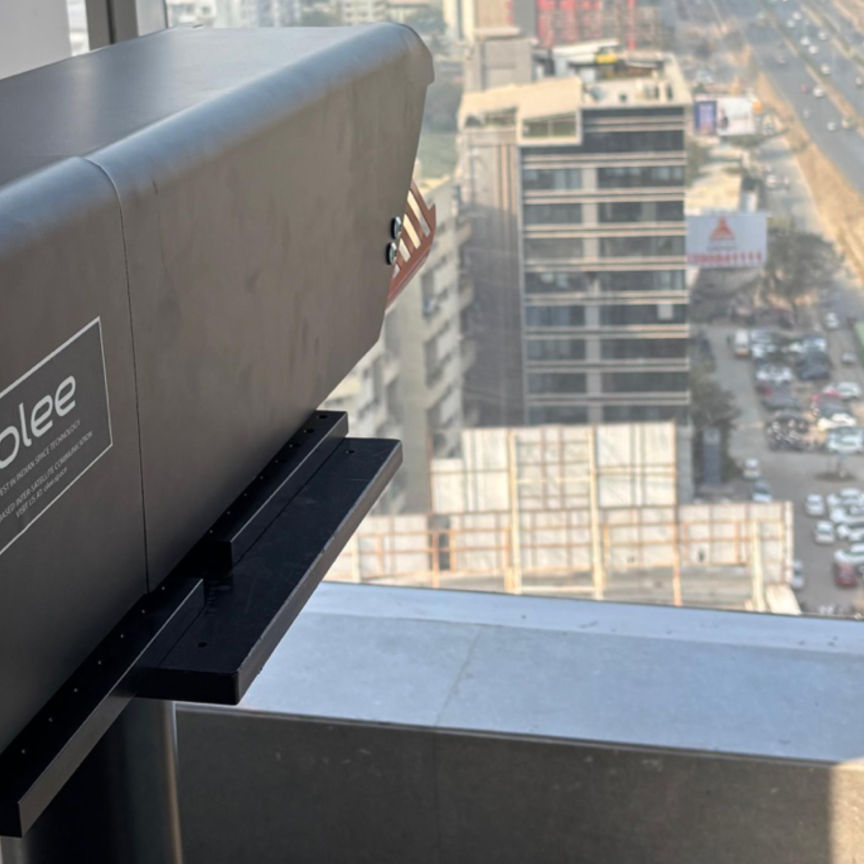Researchers hope to see 19-core optical fibre technology within subsea cables in the next 5-10 years
A team of researchers from the National Institute of Information and Communications Technology (NICT) and Sumitomo Electric Industries (SEI) in collaboration with the Eindhoven University of Technology, University of L’Aquila, and Macquarie University has developed a 19-core optical fibre with what they say is record transmission capacity, that could potentially increase capacity in subsea and other long distance, large capacity networks.
The 19-core fibre with a standard cladding diameter (0.125 mm) has the largest number of cores among the standard cladding diameter multi-core fibres. This was achieved via optimisation of the core structure and layout, allowing the fibre to accommodate the cores in the standard cladding diameter, while achieving random coupling between cores (optical signal paths) and suppressing differences in propagation characteristics. It demonstrated large-capacity transmission at a data-rate of 1.7Pb/s over a distance of 63.5km.
The team used a randomly coupled multi-core fibre design to achieve high core density, as well as a multiple input multiple output (MIMO) digital signal processing (DSP) to eliminate inter-core signal interference.

Depiction of the 19-core optical fibre with record transmission capacity (Image: NICT)
SEI designed and fabricated the randomly coupled 19-core fibre with a standard cladding-diameter, while NICT constructed an optical transmission system to simultaneously receive 19-core signals at a high symbol rate. The experiment utilised commonly used wavelength bands (C and L) and polarisation multiplexed 64QAM signals.
Macquarie University contributed a three-dimensional laser-inscribed core multiplexer and demultiplexer, which can be used as an interface with conventional single-mode optical fibres. The 3D laser-printed glass chip allows low loss access to the 19 streams of light carried by the fibre and ensures compatibility with existing transmission equipment.

Macquarie University's 3D laser-printed glass chip (Image: Macquarie University)
Dr. Simon Gross from Macquarie University's School of Engineering explains: "We could increase capacity by using thicker fibres. But thicker fibres would be less flexible, more fragile, less suitable for long-haul cables, and would require massive reengineering of optical fibre infrastructure. We could just add more fibres. But each fibre adds equipment overhead and cost and we'd need a lot more fibres. Here at Macquarie University, we've created a compact glass chip with a waveguide pattern etched into it by a 3D laser printing technology. It allows feeding of signals into the 19 individual cores of the fibre simultaneously with uniform low losses. Other approaches are lossy and limited in the number of cores. It's been exciting to work with the Japanese leaders in optical fibre technology. I hope we'll see this technology in subsea cables within five to 10 years."
The researchers said that the speed and distance results demonstrate the possibility of significantly reducing the power consumption of MIMO DSP in international systems, compared to multi-mode fibre transmission. This fibre technology is hoped to contribute to future long-distance and large-capacity optical communication networks.
Reference
G. Rademacher, M. van den Hout, R. S. Luís, B. J. Puttnam, G. Di Sciullo, T. Hayashi, A. Inoue, T. Nagashima, S. Gross, A. Ross-Adams, M. J. Withford, J. Sakaguchi, C. Antonelli, C. Okonkwo, and H. Furukawa, "Randomly Coupled 19-Core Multi-Core Fiber with Standard Cladding Diameter," in Optical Fiber Communication Conference (OFC) 2023, Technical Digest Series (Optica Publishing Group, 2023), paper Th4A.4.
Lead image: Christoph Burgstedt/Shutterstock.com


